Sidebar
Geology
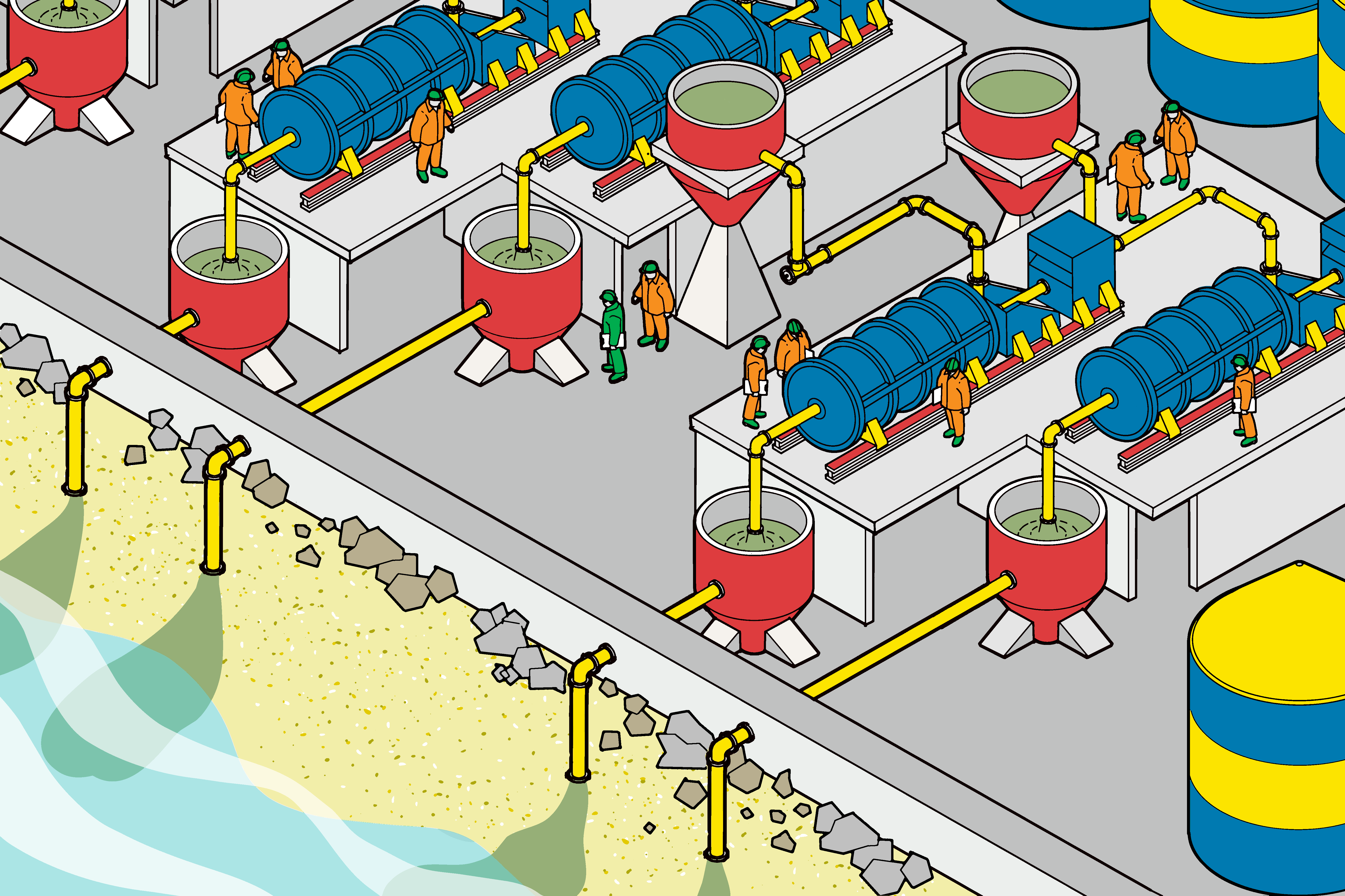 worksinprogress.co
worksinprogress.co
Olivine is a green mineral that reacts with CO2 in the ocean to form a harmless silt. This reaction might be the key to slowing down climate change, or reversing it altogether.
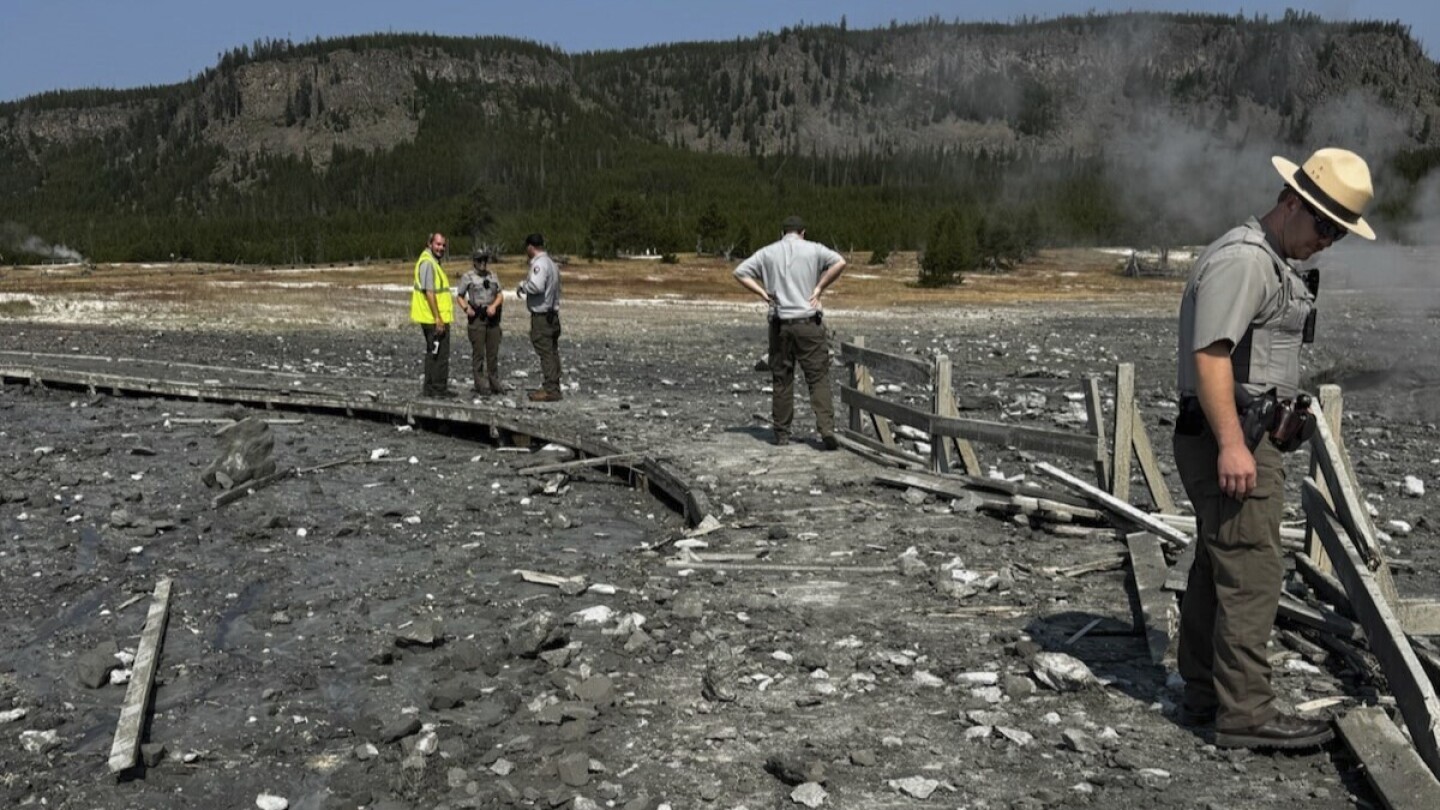 apnews.com
apnews.com
> The hydrothermal explosion happened around 10 a.m. in Biscuit Basin, a collection of hot springs a couple miles north of the famous Old Faithful Geyser. >No injuries were reported, but the Biscuit Basin area was closed for visitor safety. The eruption damaged a boardwalk that keeps people off Yellowstone’s fragile and often dangerous geothermal areas. > On occasion they get much bigger: The largest known crater from a hydrothermal explosion on Earth is in Yellowstone and measures 1.5 miles (2.4 kilometers) across, Poland said. Scientists theorize that a series of hydrothermal explosions created that crater some 13,800 years ago in the Mary Bay area on the northeastern side of Yellowstone Lake. > >By comparison, the crater from Tuesday’s explosion will likely be measured in feet, Poland said. > >“What we saw today was spectacular and definitely hazardous. But on the scale of what the Yellowstone system has done in the past, it was relatively small,” he said. “It’s a very good reminder of an underappreciated hazard in Yellowstone.” > The hydrothermal explosion did not indicate new activity within the volcanic system, which remains at normal levels, according to the U.S. Geological Survey.
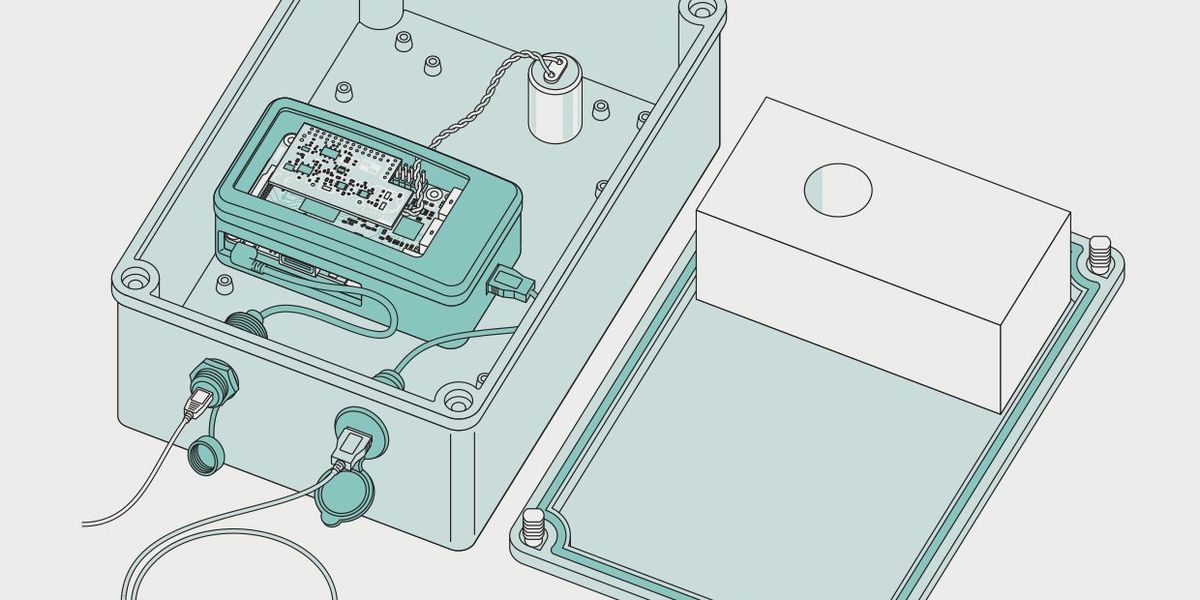 spectrum.ieee.org
spectrum.ieee.org
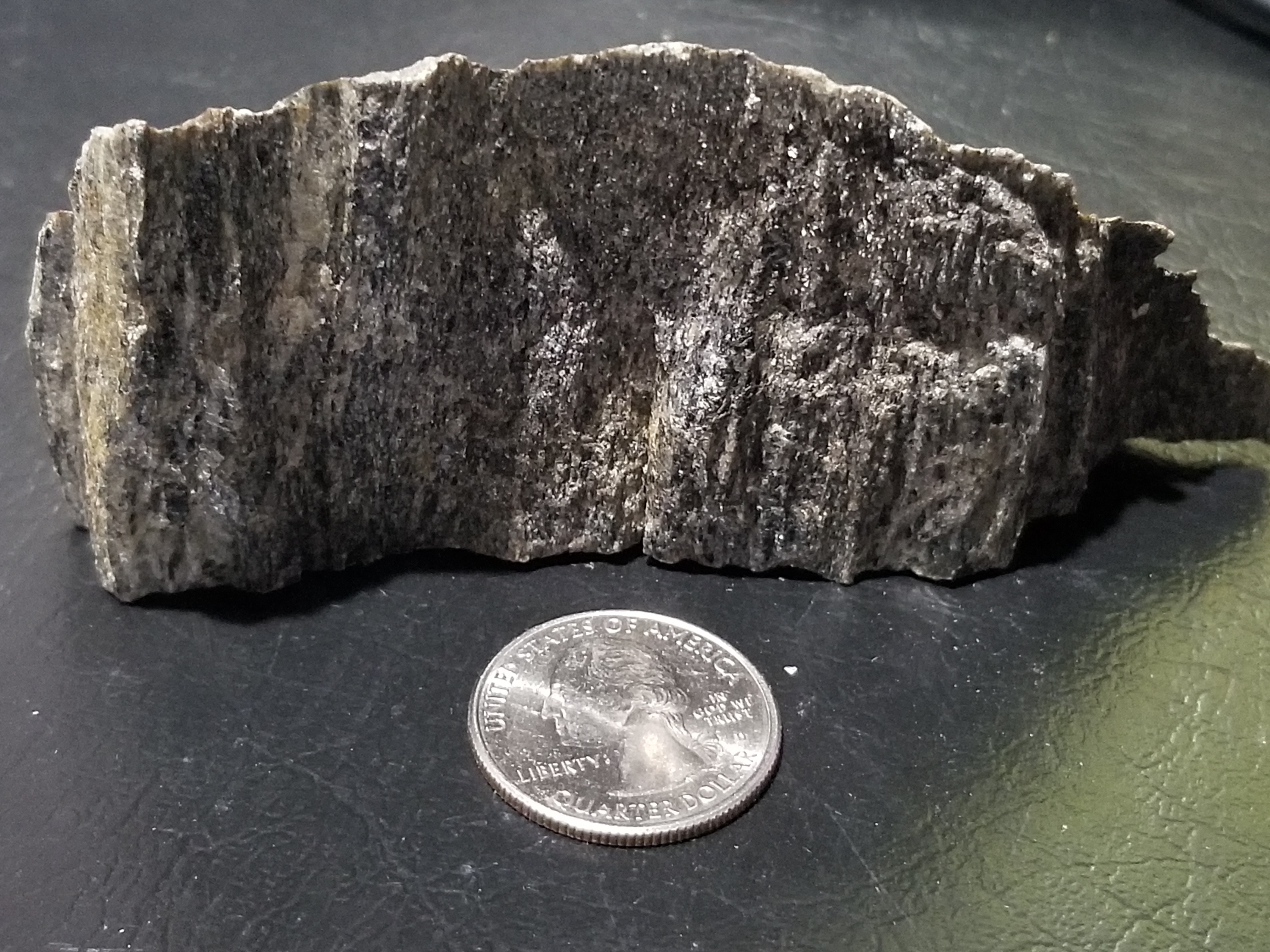 A medium-grained banded ([schist](https://en.wikipedia.org/wiki/Schist) rock segregated into distinct bands showing schistosity, a wavy foliation, caused by the rock splitting along planes of weakness. The mica crystals emphasize the folds. A schist is a metamorphic rock in which the medium grains can be seen with a hand lens and are orientated so it can be split into flakes or plates. 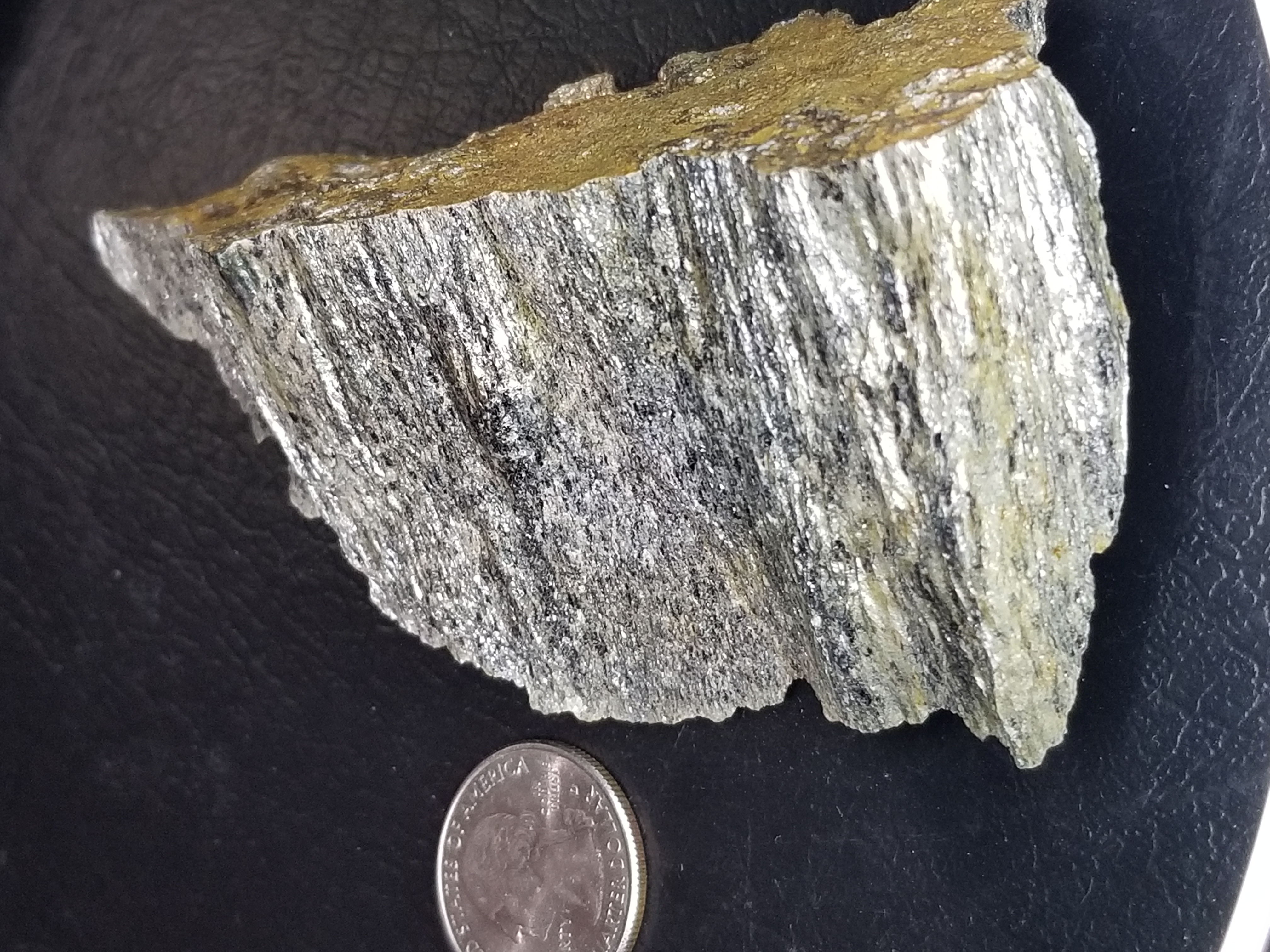
**Spodumene** 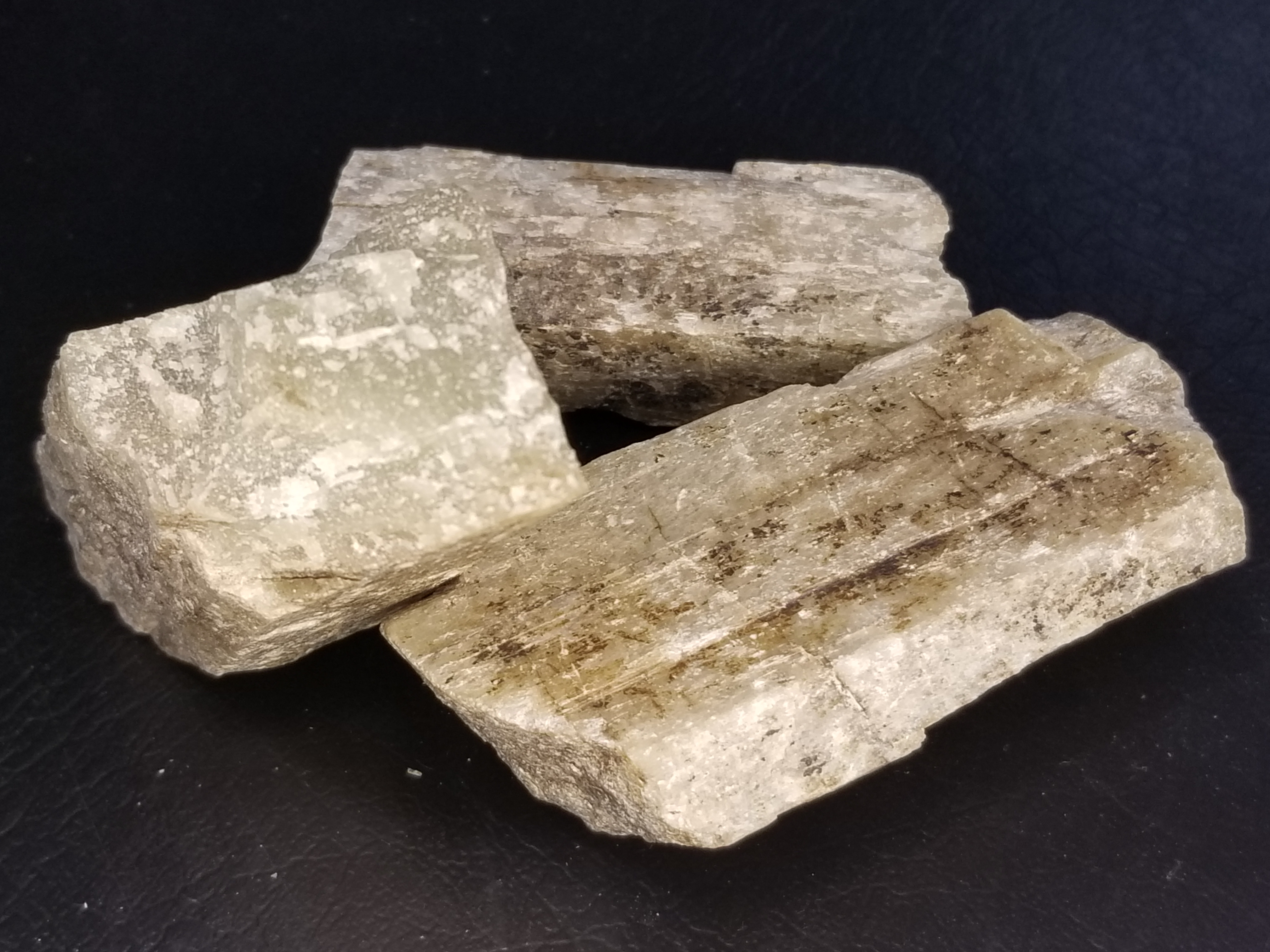 [Spodumene](https://en.wikipedia.org/wiki/Spodumene) is a lithium aluminium inosilicate, LiAl(SiO~3~)~2~ and is a primary source of lithium used for ceramics, mobile phones and batteries, especially for electric vehicles. Spodumene crystals can grow to several meters in length. The gem variety of Spodumene is called Kunzite. Spodumene fluoresces [orange red](https://www.fluomin.org/uk/fiche.php?id=681) under long wave UV light. Spodumene is found and produced worldwide primarily in US, Canada, S. America, Afghanistan, Pakistan and Australia.
- [The Unsolved Mystery of the Earth Blobs](https://eos.org/features/the-unsolved-mystery-of-the-earth-blobs) - [How a Newly Discovered Mineral Might Explain Weird Mantle Behavior](https://eos.org/articles/how-a-newly-discovered-mineral-might-explain-weird-mantle-behavior) - [A mineral found in a diamond’s flaws contains the source of some of Earth’s heat](https://www.sciencenews.org/article/mineral-diamond-davemaoite-earth-mantle-heathttps://www.sciencenews.org/article/mineral-diamond-davemaoite-earth-mantle-heat) ---  Image By Kelvinsong - Own work, CC BY-SA 3.0, https://commons.wikimedia.org/w/index.php?curid=23966175 --- LLSVPs are large structures that reside at the base of the rocky mantle above the outer molten core about halfway to the center and are primarily located under the Pacific Ocean, another under Africa and the Atlantic Ocean. These structures are 100x taller than Mt Everest (8.8km) and if on the surface would reach up to Low Earth Orbit (2000 km). They are observed by [seismic tomography](https://wiki.seg.org/wiki/Seismic_tomography) which measures the size and direction of seismic waves, generated by earthquakes. When data is collected by many sensors in many places over time it can be used to build a model of the earth's interior which clearly shows these structures as areas are where the waves pass more slowly. Changes in wave velocity can be a function of density so determining what the structures are made of is key. They key minerals of the lower mantle are bridgmanite, ferropericlase and [davemaoite](https://en.wikipedia.org/wiki/Davemaoite). More recent work on davemaoite suggests that during subduction it's greater accumulation in the crust portion of the oceanic lithosphere allows the crust to fall away from the upper mantle and accumulate at the core mantle boundary. It's also speculated that thickening seen in these smaller but dropping slabs could be due to folding or an accumulation of new davemaoite just at depths where it begins to form. The key point is that davamaoite is weaker at the lower mantle and therefore deformation and disintegration are plausible to create the observed structures. Davemaoite was artificially created in the lab and thought not to be possible at the Earth's crust until specks were found in diamonds extracted from the Orapa diamond mine in Botswana recently in 2021. Note that davemaoite, which can be a host to uranium, thorium and radioactive isotopes, does play a role in heat transfer in the lower mantle. Therefore these structures and minerals could have a role in hot plume or volcano occurrences and development. Here are some of the proposed models of the structures. *CMB stands for Core-Mantel Boundary*  Davemaoite is a high-pressure calcium silicate perovskite (CaSiO3) mineral found in the lower mantle. At the crust it forms [wollastonite](https://en.wikipedia.org/wiki/Wollastonite), a calcium inosilicate mineral (CaSiO3) which can be the result of limestone under pressure and in contact with silica bearing hydrothermal fluids.
This community is about all things geology. I'll start with trying to post one fantastic specimen (not all mine) picture per day. I'll next be posting some basic rockhounding to geology info and add in some stories of my collecting adventures. Everyone feel free to post in the same vein or suggest new areas of geology that interest you. I hope to learn, share and have fun!
